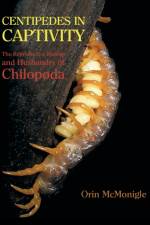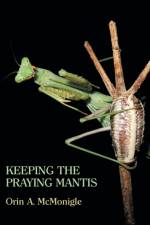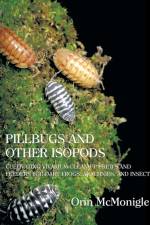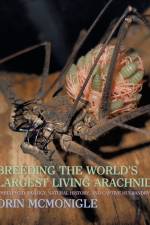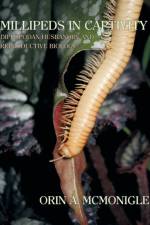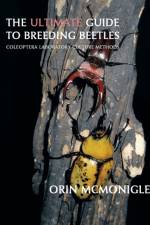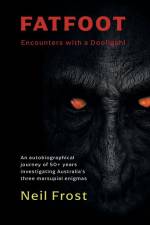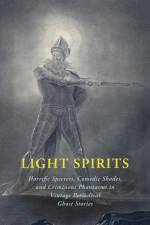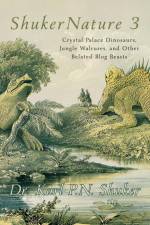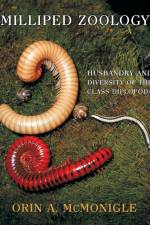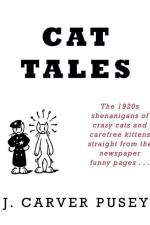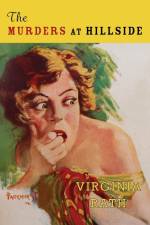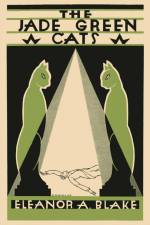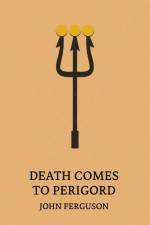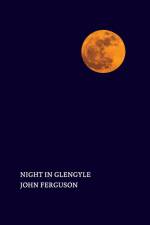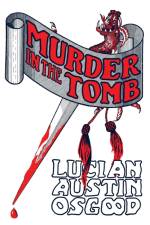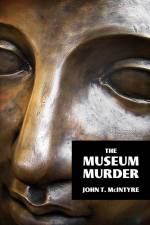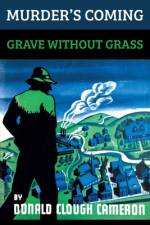av Laurence Oliphant
319,-
Light Spirits collects 22 ghost stories of various shades: horrific tales, humorous jests, criminous masquerades, and emotional romances, all originally published for the entertainment of the late 1800s to early 1900s magazine readership. The stories include: Aunt Ann's Ghost Story, by Laurence Oliphant (Blackwood's Edinburgh Magazine, 1864); Guy Neville's Ghost, by Percy Greg (Blackwood's Edinburgh Magazine, 1865); A Ghost in a State-Room, by Samuel Blotter (The Galaxy, 1868); The Ghost of a Face, by Frederick H. Dewey (Ballou's Monthly Magazine, 1878); An Antiquary's Ghost Story, by Augustus Jessopp, D.D. (Frank Leslie's Popular Monthly, 1880); The Ghost of Aldrum Hall, by Anonymous (The Argosy, 1880); The Eynesham Ghost, by Captain Arthur Collins (Time, 1880); The Open Door, by Mrs. Oliphant (Blackwood's Edinburgh Magazine, 1882); No Fiction, by J. G. P. (Macmillan's Magazine, 1882); No. 11 Welham Square, by Herbert Stephen (The Cornhill Magazine, 1885); By One, By Two, and By Three, by Adrian Ross (Temple Bar, 1887); A Shadow of Gold, by Vida D. Scudder (The Overland Monthly, 1887); The Green Lady, by Walter Herries Pollock (Longman's Magazine, 1888); My Uncle's Clock, by Anonymous (Macmillan's Magazine, 1888); A New Ghost Story, by Anonymous (Belgravia, 1890); The Empty Compartment, by Anonymous (Murray's Magazine, 1890); Louise, W. L. Alden (Cassell's Family Magazine, 1895); "Number Ninety", by Mrs. B. M. Croker (Chapman's Magazine, 1895); The Story of a Ghost, by Violet Hunt (Chapman's Magazine, 1895); The Long-Distance Telephone, by Robert Barr (Cassell's Magazine, 1900); The Haunting of Shudderham Hall, by Robert Barr (The Idler Magazine, 1906); The Irtonwood Ghost, by Elinor Glyn (Pearson's Magazine, 1911)


